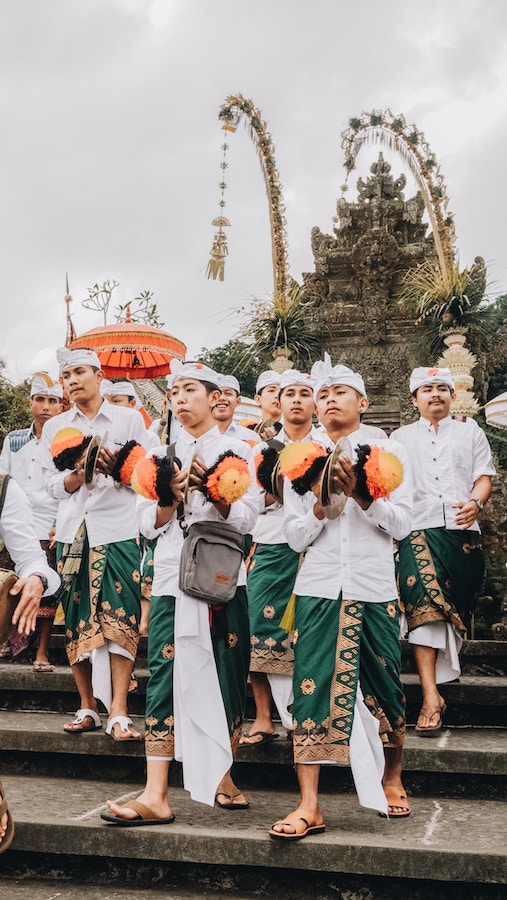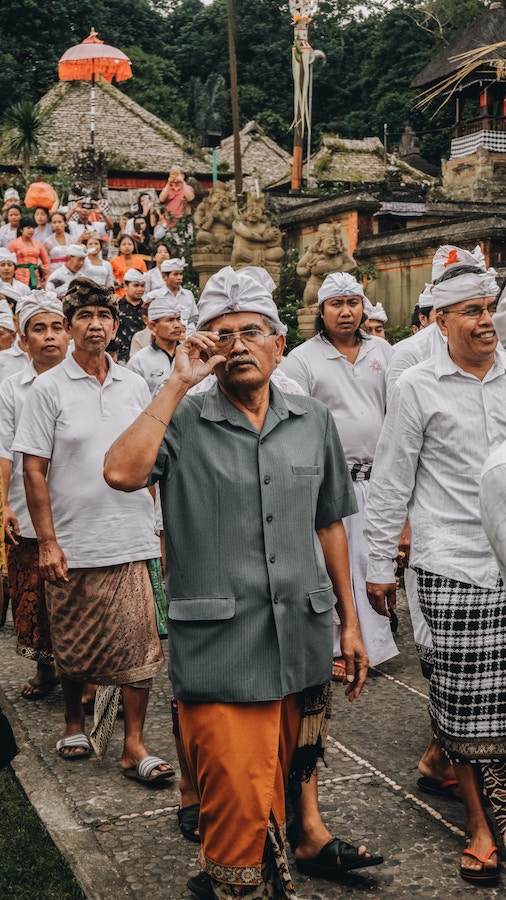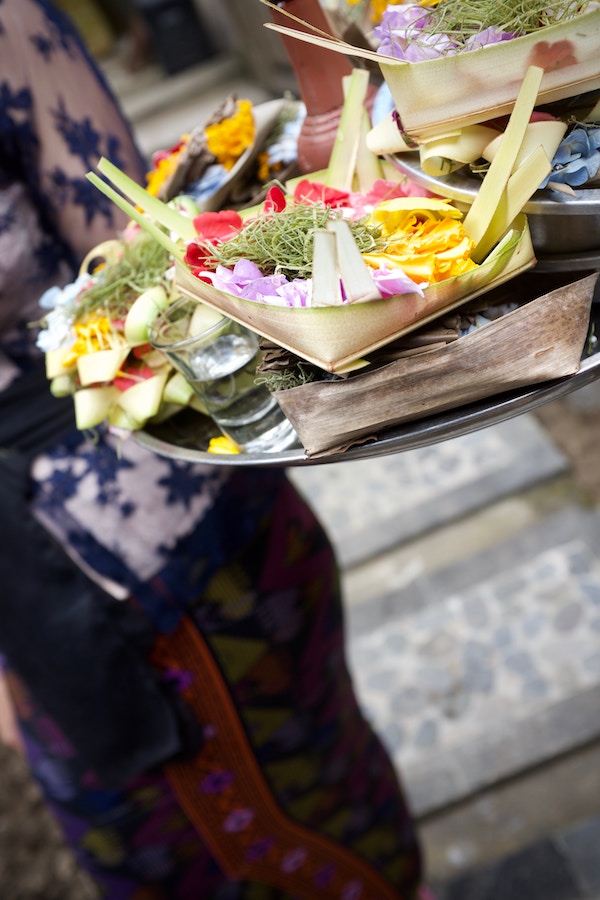Bali has been named one of the world’s top destinations several times now, but along with the tourist influx comes modernisation. Yet, amidst today’s modern Bali, where asphalted roads have taken over a good portion of rice fields, the sound of the traditional Gamelan music still echoes across the island, and the traditional sarong and sash as well as the women’s Kebaya are still in fashion.
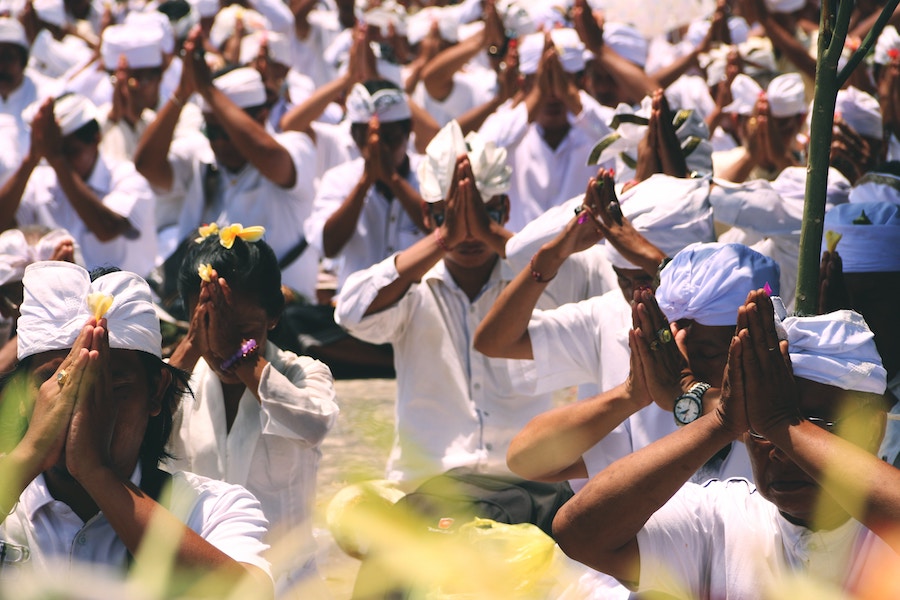
The Balinese have maintained a great trait of being a friendly, welcoming group of people. This is why they never felt any strong resistance against the introduction of western culture brought by international visitors to island’s shores. Indeed, there have long been fears that the ‘indigenous’ cultural element of traditional Bali will be replaced by penetrating western influences.
Fortunately, Bali has a strong survival system, the kind that shows how seriously and totally the Balinese people are dedicated to their culture.
Culture runs through Bali’s rivers, forests, beaches, mountains, and is introduced and instilled to every Balinese person from an early age. Every person in a village is required to have a function; some as dancers and Gamelan players, others as carvers and even offering makers.
The Banjar
Every village in Bali has an organisation that is focused on the everyday aspects of its area. Known as the Banjar, the organisation functions as the village’s reminder and decision maker on aspects such as maintenance of village temple, religious ceremonies, land use and many others, with inviting the village youngsters to come to the community centre to practice traditional dances and music being one of them.
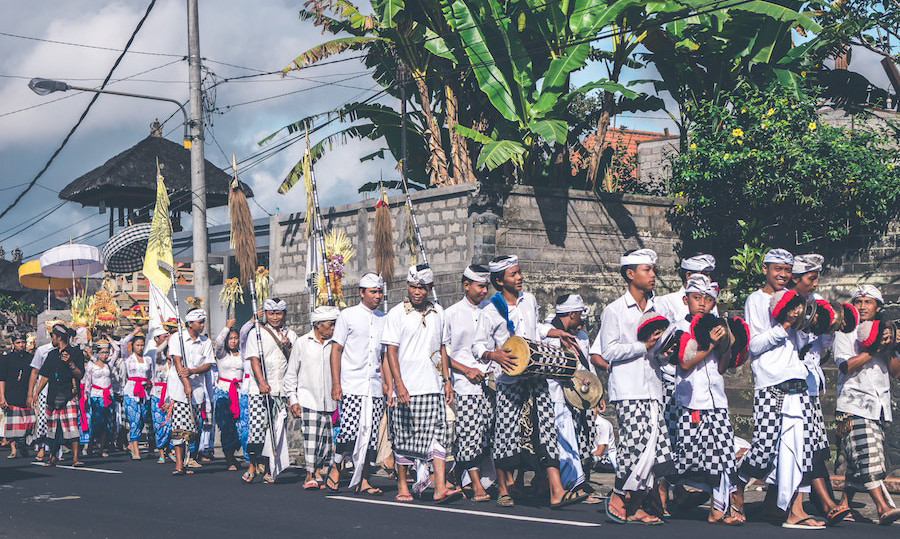
Preparations of cultural events would normally take place here, with one of the most apparent ones being the making of Ogoh Ogoh to welcome the çaka new year. Village elders will observe and supervise as the young generation create the Ogoh Ogoh monster that portrays evil characters from Hindu tales. The craftsmen will shape coloured paper, mirrors, suede, tinsel, bamboo, and many other materials; the musicians will fine-tune their Gamelan orchestra; the dancers will choreograph the moves to accompany the monster as it parades down the streets.
Even when there’s no special occasion taking place, the Banjar would still be alive with children practicing the traditional music and dances on a regular basis. The adults would also gather at the Banjar to have discussions about task division for the upcoming temple festival among other things.
Cultural Education
In addition to the Banjar, a formal institution offering its students culture and arts classes is SMKI (high school level) in Batubulan, near Sukawati. Founded by I Wayan Balik Riti, this institution is dedicated solely to the teaching of Balinese sculpting. It was soon accredited into the public school system and it has grown steadily ever since. One faculty (SMKI 1) offers intense courses in wood sculpture, metal crafts, ceramic works and batik cloth making; a second faculty (SMKI 2) offers professional training in Bali-style oil painting; and a third faculty (SMKI 3) trains youngsters in playing the various gamelan instruments and the subtlety and nuances of the classic dances of Bali.
Here, there are chances that you will be seeing happy teenagers sitting on the lawn, shaping their skills on oil painting and charcoal sketching. These kids would use their peers to pose for them or use one of the statues in the campus’ yard as their models. Normally the teachers will encourage visitors to have a closer look so that they can appreciate these future artists as they are doing their early works.
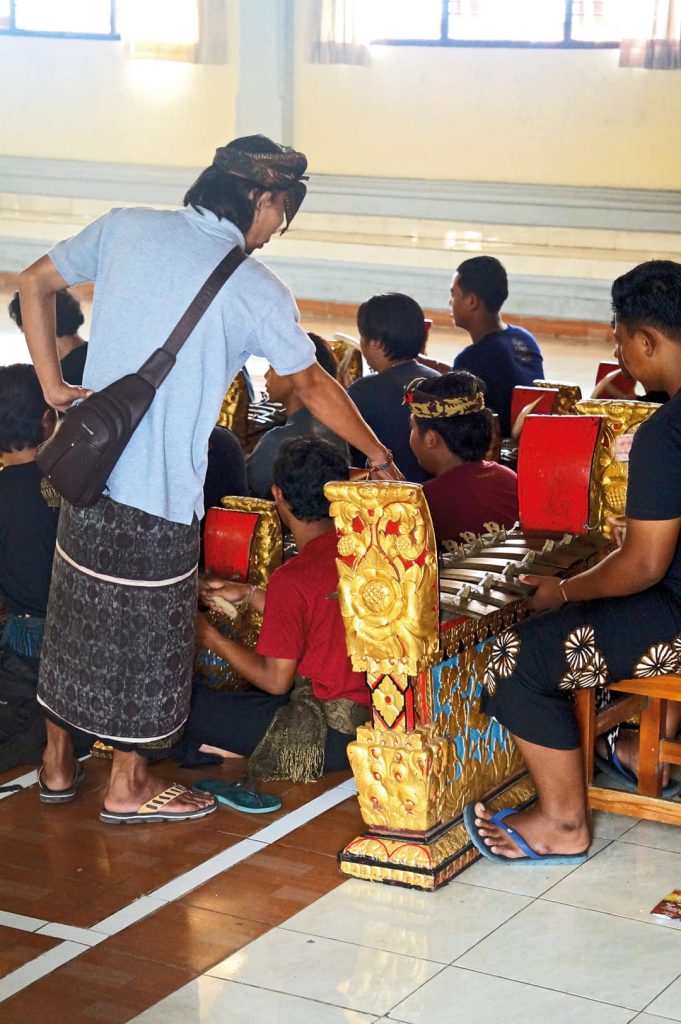
In the main room of the music school, visitors could watch a rehearsal of an orchestra comprised entirely of traditional Balinese instruments. The teacher/director will be sitting in front while enthusiastically waving his baton with all the energy. The dancing school here is like any other in any other country – a large empty room with a wooden floor and walls of mirrors bordered at mid-height by a balance bar. And when the class is in session it is filled with scores of Bali’s loveliest teenagers all moving gracefully to the direction of the instructor.
The students paint, dance and carve as if they love it; that’s because they do! The campus of this school is a fascinating place and, as a tourist, you are welcome to visit, observe and take photos, as long as it’s done discreetly and there’s no disturbance to the students caused by your presence. If you feel like joining any of the classes offered in this school during your holiday, you can visit the Head Master’s office for details and applications.
In Denpasar, the university level Indonesian Institute of the Arts Denpasar (ISI) is based on cultural values and provides degrees related to the art industry. Offering courses such as Dance, Dance, Drama and Music, Puppetry Art, Fine Arts, and Art Craft, the institution has produced some the island’s most talented artists, including street artists. And though not as ‘opened’ as the SMKI in Sukawati, visitors can still come and pay a visit to the ISI campus and interact with the students.
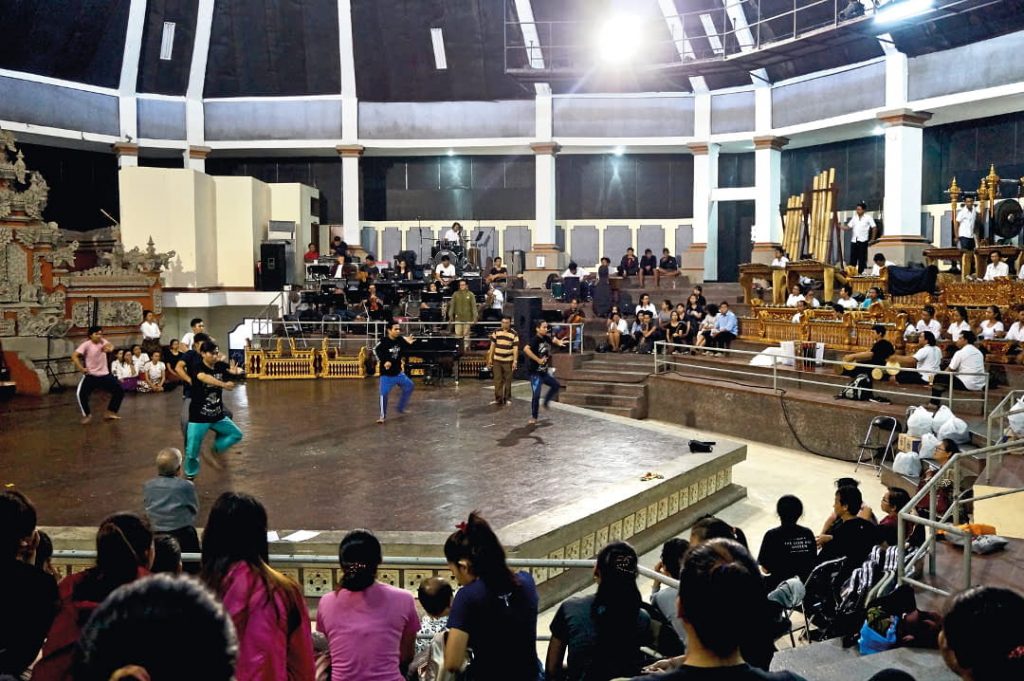
Through the Generations
Away from formal institutions to a humble home in Denpasar, Ni Ketut Arini, a Balinese dance maestro, is passionately teaching young Balinese girls how to perform the traditional dances of their home island gracefully.
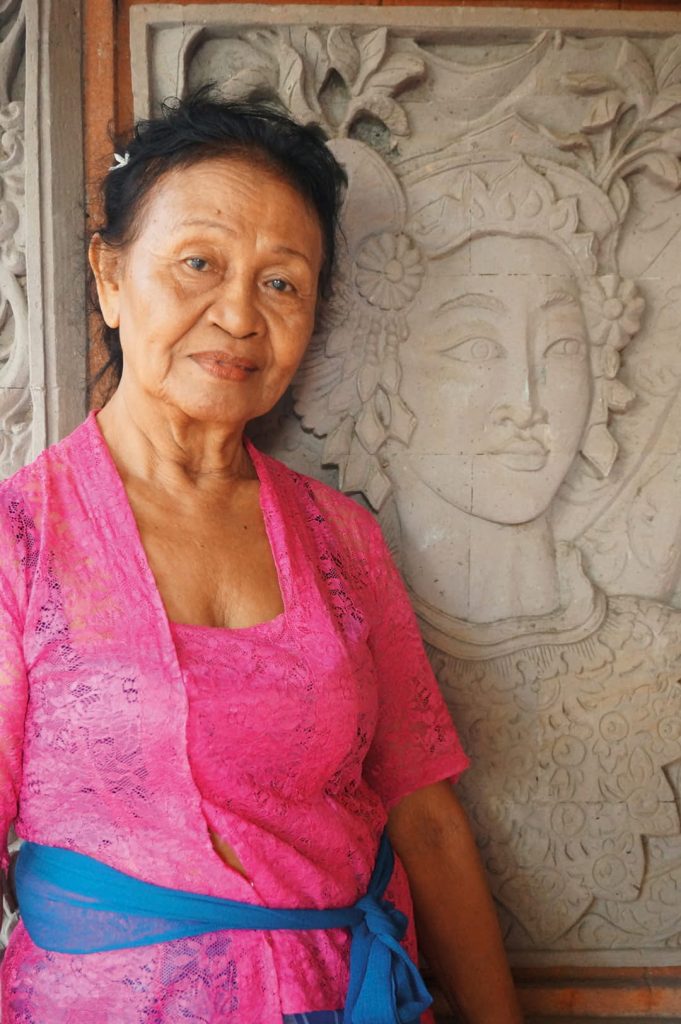
In her class Arini doesn’t only teach the girls the moves, but also stories and purposes of the dances. Take the Legong dance for instance. As one of the most famous Balinese dances, Legong is regularly performed for the tourists as an evening show in a number of venues in Ubud. Whilst entertaining, it is at the same time displaying a unique work of art since Legong was originally created to serve a religious purpose. Arini would explain to her students that Legong is the interpretation of a dream of a Sukawati prince named Dewa Made Karna. He was meditating in a temple when saw a vision of women figures making graceful movements. The figures were like angels.
For Arini, dancing is a dedication, a submission to the greater power that is presented through technique, expression and concentration. The 74-year old lady said that she dances for the deities, for her pleasure and for the people. She was born in a family of dancers and musician, but this didn’t necessarily bestow her with talent in dancing. She has gone through a long and challenging road in learning classic Balinese dances.
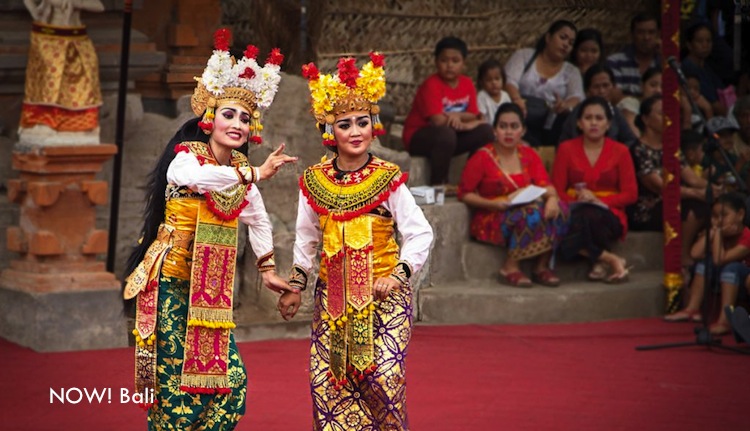
Her spirit is to keep on transferring her knowledge in dance and dance techniques to her students. She started the school teaching her students under bamboo trees. In December 1973, after three months in Japan, she came back home to find an open-air classroom built by her husband as a surprise for her. Arini believes, with an unconventional method of teaching, the new generation will love to learn their traditional dances and continue to maintain their heritage.
Her class focuses on the classical Legong Dance, one of Bali’s most refined dances. This dance requires female figures who are familiar with intricately choreographed movements, manipulating bodies, fingers and faces. Arini herself is a master of six Legong Dance types: Legong Pelayon, Lasem, Kuntul, Kuntir, Jobog and Semarandhana.
In Ubud, Sanggar Çudamani is hosting the Çudamani Summer Institute with one of the programmes being Balinese gamelan lessons. This class is led by a team of Bali’s most revered masters/scholars and the young rising stars of Balinese performance. These artists have toured, taught, composed and performed for Bali’s most prestigious events and for some of the world’s most prestigious stages. You will also get the chance to experience an amazing excursion into Balinese culture and ecology. It is an unparalleled opportunity to gain artistic, cultural and personal insight in Bali.
Guided by senior performers or artists, gamelan class involves the artistic concept of music with focus on helping students to understand more about the historical background of a culture. The values of harmony, interdependence, and balance is brought forth through music and dance to support the students learning this art with close coordination.

